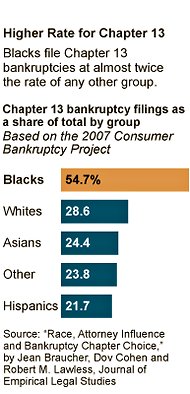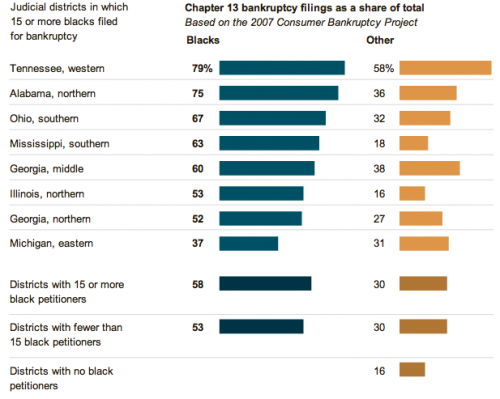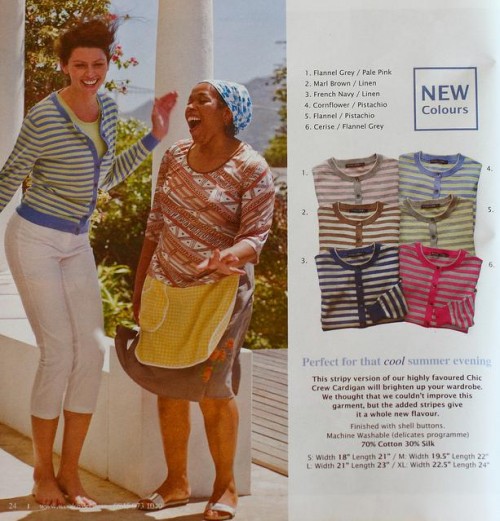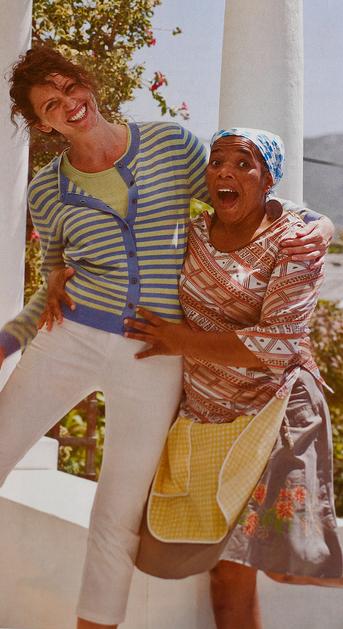Last week, as most of you no doubt heard, the Susan B. Komen for the Cure breast cancer awareness group announced it would no longer fund breast cancer screenings at Planned Parenthood, saying it had a policy against funding organizations that were under investigation (Planned Parenthood is currently under what many see as a politically-motivated investigation about whether it used any federal funds to pay for abortions). The decision drew a lot of attention and criticism of Komen — not just of the decision about Planned Parenthood, but of its role in the breast cancer awareness/research community more generally.
The Komen Foundation is known to many primarily because it’s often listed as a recipient of the funds companies promise to donate when we buy products branded with a pink ribbon. But many critics express concern with this type of marketing-as-awareness, and discussions of the “pinkification” of breast cancer and criticism of the policies supported by groups such as Komen surfaced as part of the debate about the organization over the weekend (which is ongoing, with the VP for Public Policy at Komen announcing her resignation today).
Given this, Dmitriy T.M. thought readers might be interested in the trailer for the documentary Pink Ribbons, which looks at the rise of pink ribbon branding and its impact on breast cancer prevention efforts. I post it with the caveat that I haven’t been able to see the whole film, but would love to hear from those of you who have, or who can speak to the issues it raises:









